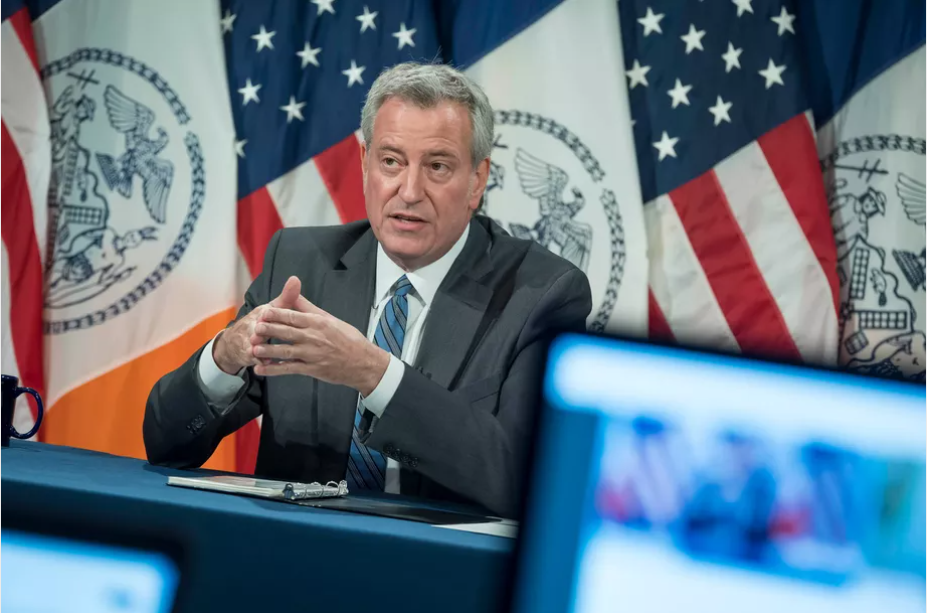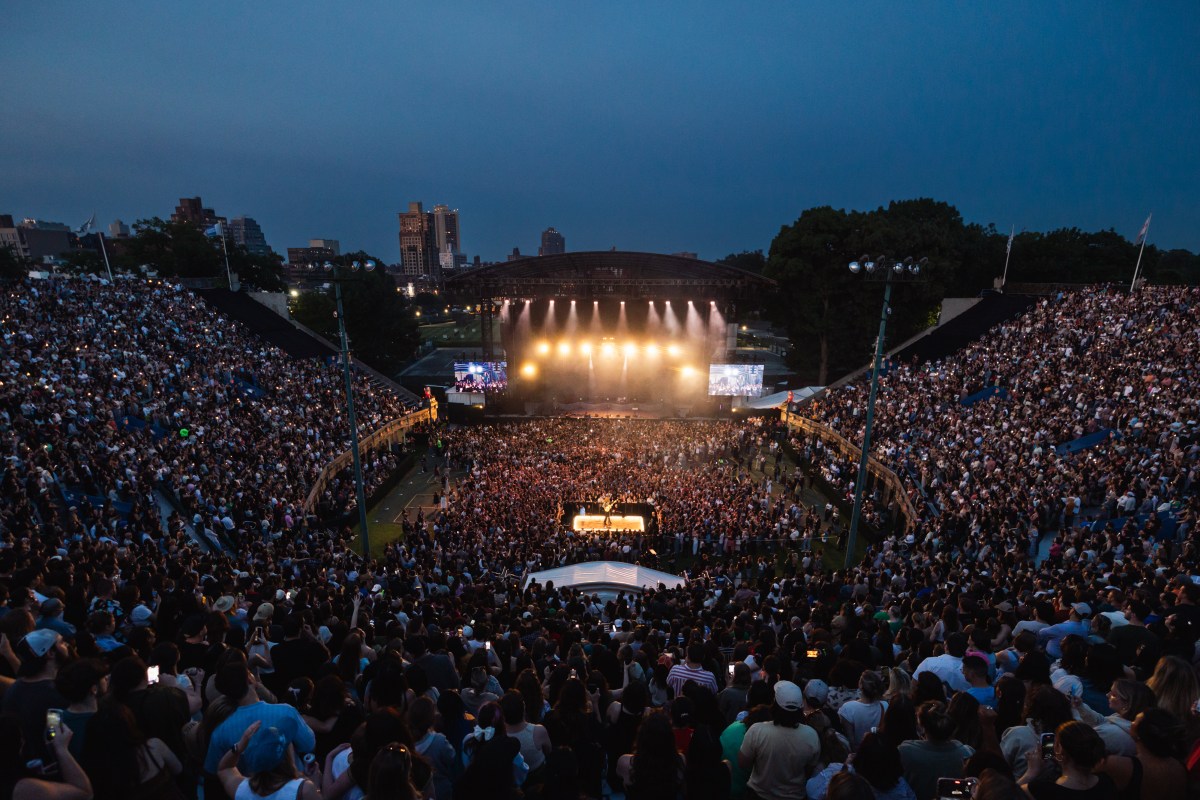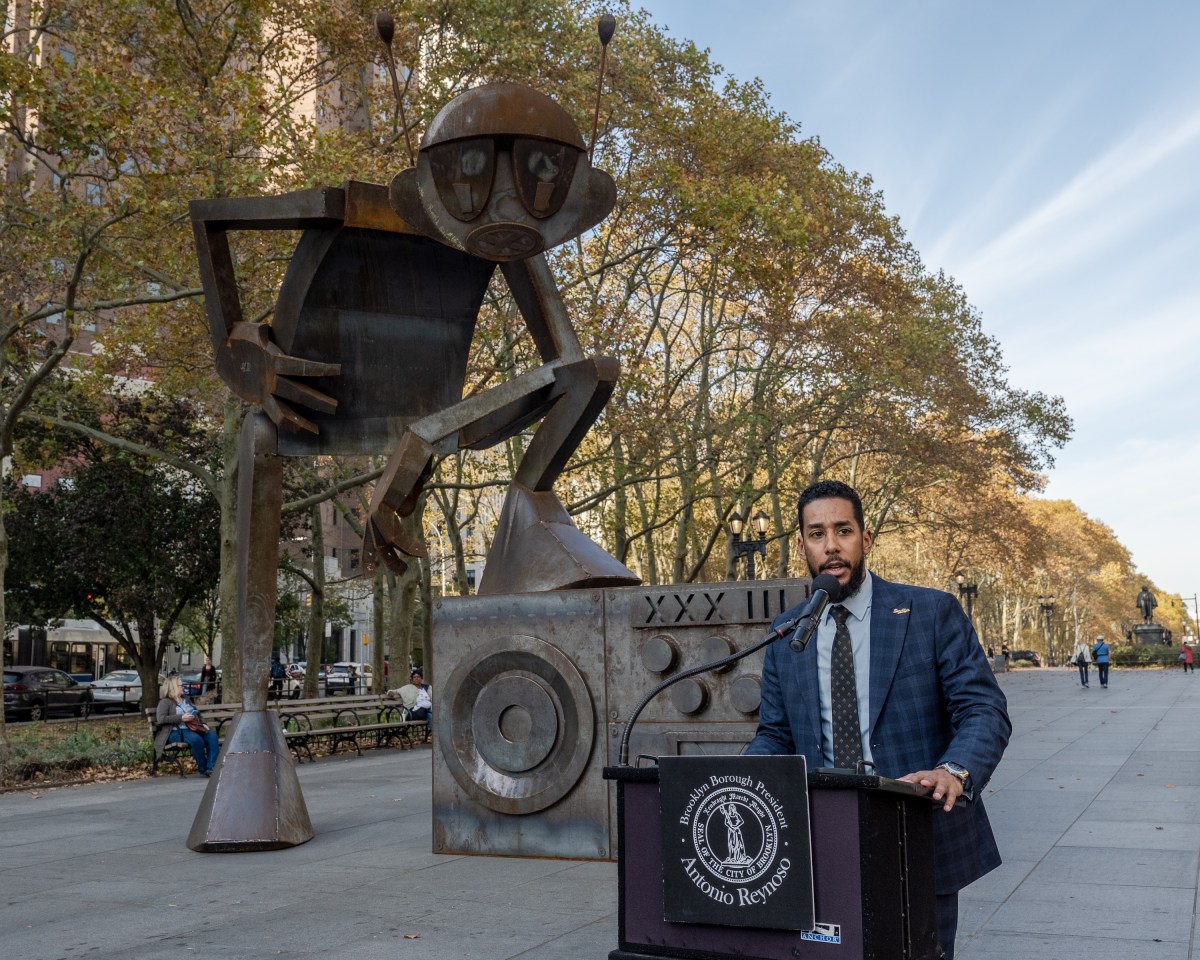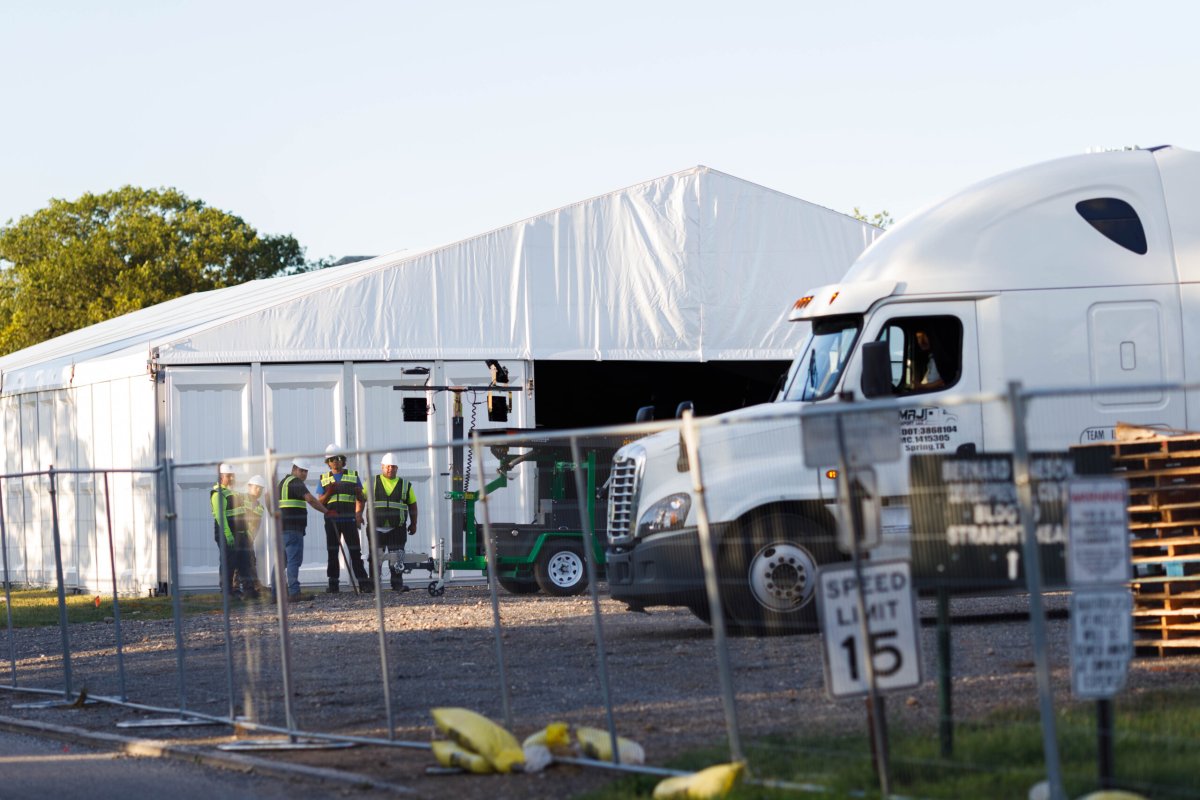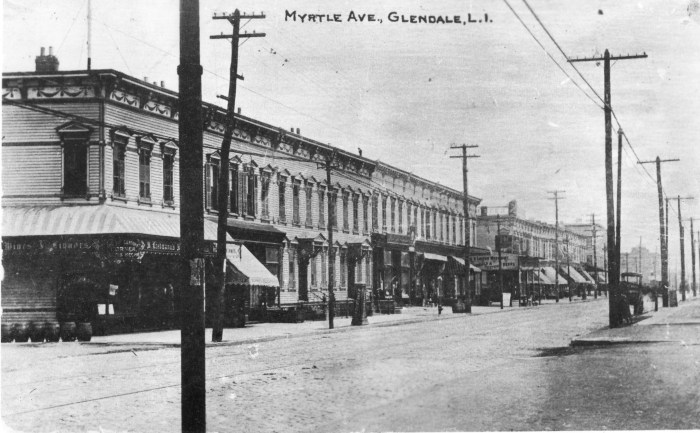By Will Welch

This story was originally published on July 13, 2020 by THE CITY.
The headlines cheered: On Saturday, New York City logged its first day since March 11 on which no one died of the coronavirus. Mayor Bill de Blasio trumpeted the news at his Monday COVID media briefing.
But when it comes to the city Department of Health and Mental Hygiene’s tracking of coronavirus fatalities, zero does not necessarily mean zero.
That’s because it takes several days for the agency to verify that COVID-19 is the cause of death in each instance — confirming that each person who died had a positive test for COVID-19 or had COVID-19 listed as the cause of death on a death certificate.
So while Saturday’s count of zero deaths held steady on Monday, that could change as the week wears on. An analysis by THE CITY found that the median time from when a date’s statistics first get reported to when the number of deaths counted for that date levels off is five days.
In fact, Saturday’s fatality report was the sixth time in the past two weeks that the health department initially reported the coronavirus death tolls as zero. All of those previous reports have since been adjusted upward.
The health department acknowledges that recent data can be incomplete, although it does not specify when counts for any given day are reliable. It separately tracks the number of deaths that are not confirmed to have been caused by the coronavirus — but are deemed likely to have been, based on circumstantial evidence.
In contrast to the city’s health department, the New York State Department of Health obtains its death reports directly from hospitals and nursing homes — meaning the results usually don’t change after they’re first reported.
The city’s slower method has its advantages. Unlike the state, the city releases statistics tallying the number of deaths that took place on each date on the calendar, not just the date on which those deaths are reported. That can show a clearer picture of how the number of deaths has changed over time, peaking at 597 on April 7.
On the whole, deaths have declined dramatically since then. The three-day average has been under 30 since June 11 and continues to decline.
When the day comes that New York City has no new COVID-19 deaths, it will be an occasion for celebration — just one that will only be certain after the fact.
This story was originally published by THE CITY, an independent, nonprofit news organization dedicated to hard-hitting reporting that serves the people of New York.



